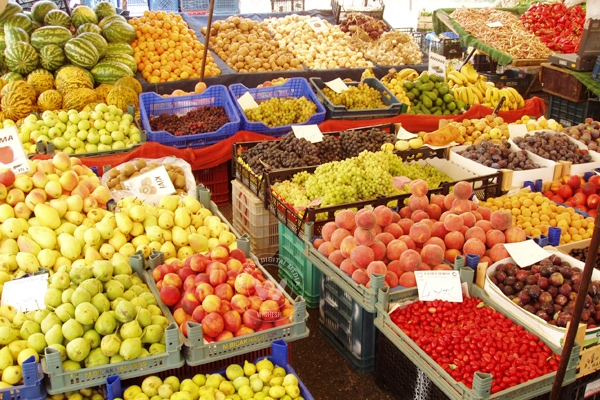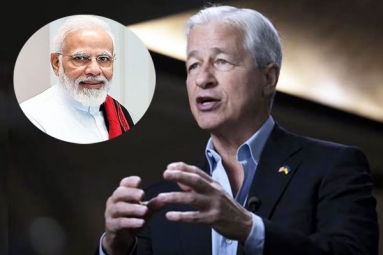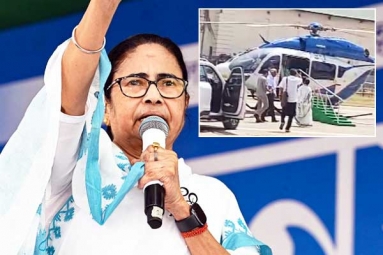
(Image source from: Can Modi government tame inflation?})
Ever since Prime Minister Narendra Modi took charge in office he made controlling inflation the top priority of his government. Even during the weekend Modi had said that he would administer some "bitter medicine" to revive India's ailing economy. But a weak monsoon and the Iraq turmoil have renewed fears of rising food and fuel prices.
The biggest challenge that the new government face is inflation. In May, the wholesale price inflation for India touched a a five-month high.
According to JP Morgan report 'India: a policy agenda for the new government' the country's CPI inflation has hit an average of 9.5 % in the last seven years riding on a high food inflation, that has touched an average of 11 % in the current period. High food inflation leads to reduced consumption as it reduces the purchasing power of people. Since 2012, the real rural wages have shown sharp slowed, in part due to moderation in nominal wages, but primarily because inflation in rural areas spiked, bringing down real wages.
If the economy is stuck with the the current levels of inflation then mere optimism and hope will not revive the economy. So, is there a way out for the government. How can the government contain the high rate of inflation?
The government can use these three measures to contain inflation:
1. Bring down cereal inflation
The JP Morgan report suggests tame cereal inflation as the the first step for the Modi government. This is important as cereal inflation comprises around 15 % of the food basket. Inspite of the huge buffer stocks in the last two year, the menace of cereal inflation has hit an average of 13%. Effective and pre-emptive use of buffer stocks by government can tame cereals inflation.
2. Limit increase of minimum support price
In recent years the government has sharply increased the MSP of rice and wheat. This has motivated farmers to produce more rice and wheat, reducing supply of other food items. Which in turn has led to high price inflation, according to the report. So the second step should be to limit MSPs inorder to control inflation.
3. Bring amendment to APMC act
Not only cereals, but also other food items are becoming costlier. The figures for non-cereals inflation has recorded an average of 12% in the last five years. Meat, fish, vegetables, fruits, and dairy products have become more expensive. The main reason for high cost of vegetables and fruits is the Agricultural Produce and Marketing Committee (APMC) Act, which needs to be amended.
The act has provisions where the farmers are forced to sell their produce to government-approved agents only. These agents have created a monopoly at the farm gate. They indulge in illegal hoarding and manipulate prices by releasing small supply of the farm produce, creating an artificial scarcity. This result in price increase. The government has to amend the APMC Act to bring down price of fruits and vegetables by removing the restrictions placed on the farmers, according to the report.
The real problem is that APMC is a state subject, and the Union government needs support of states’ to bring about any reform.
(Picture Source: guardianlv.com)
(AW: Pratima Tigga with inputs from Firstbiz)










